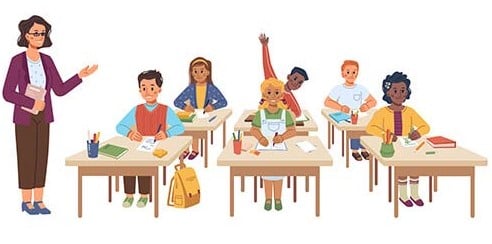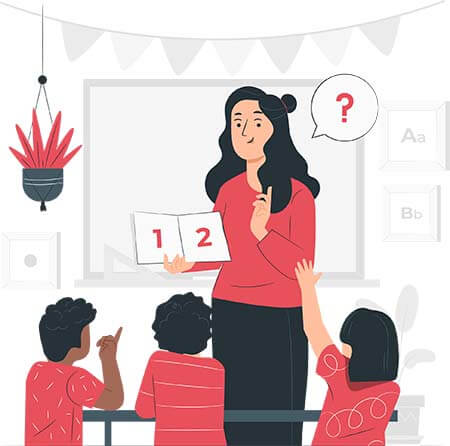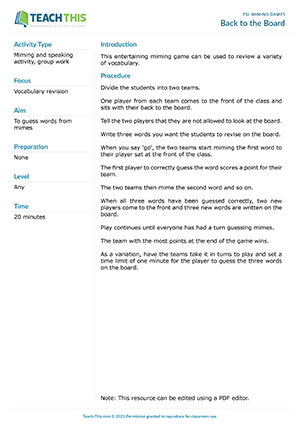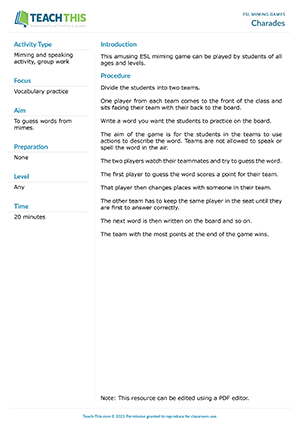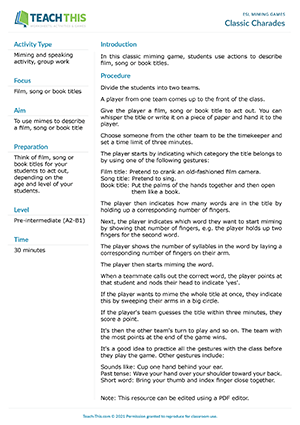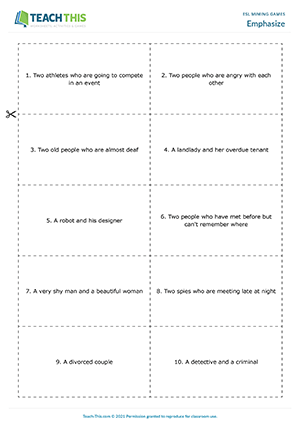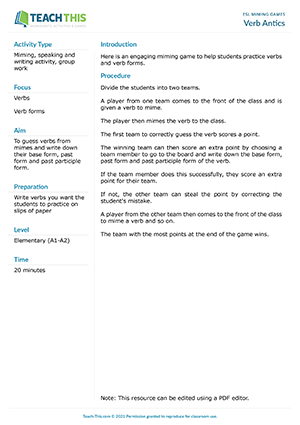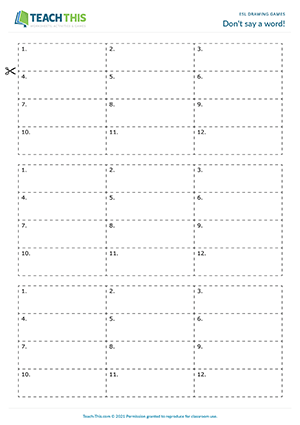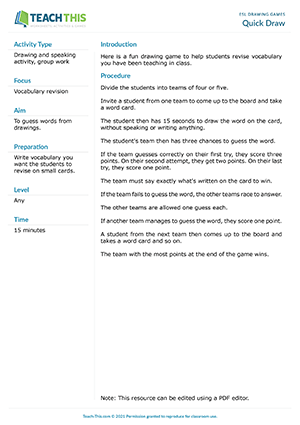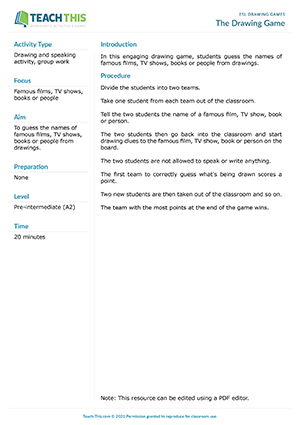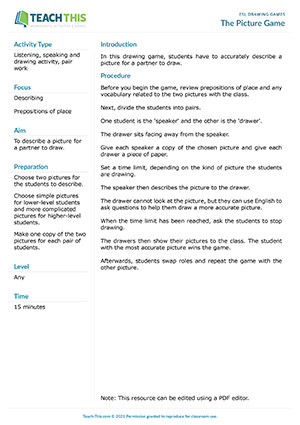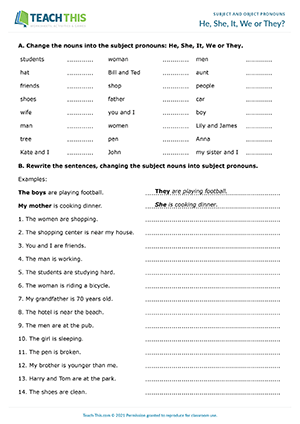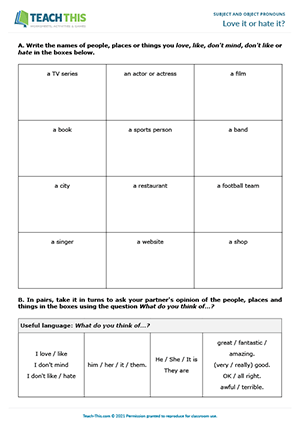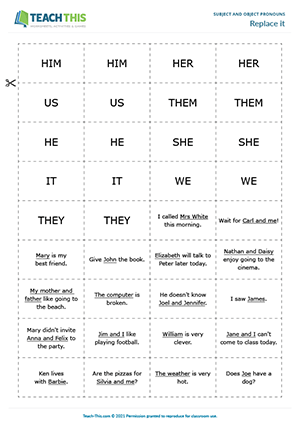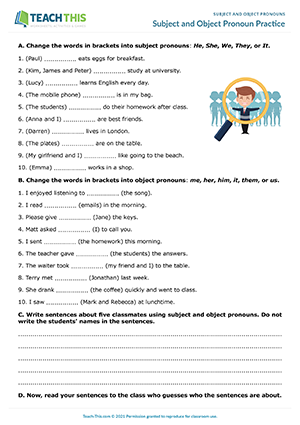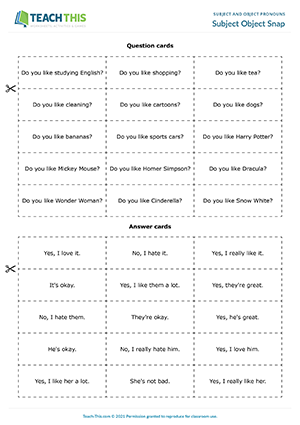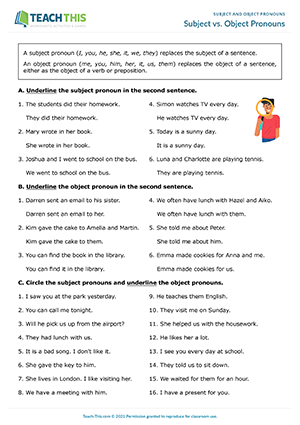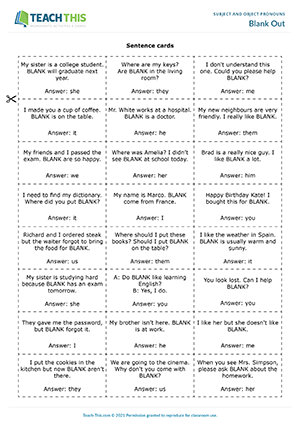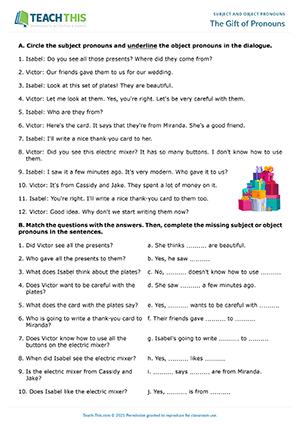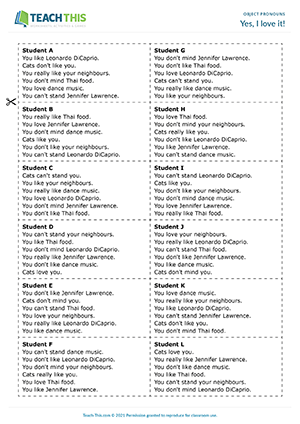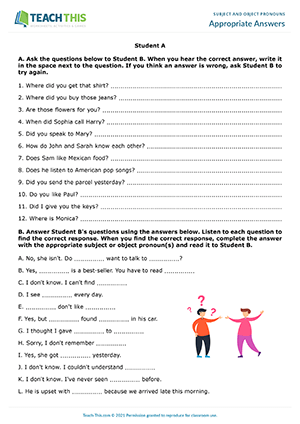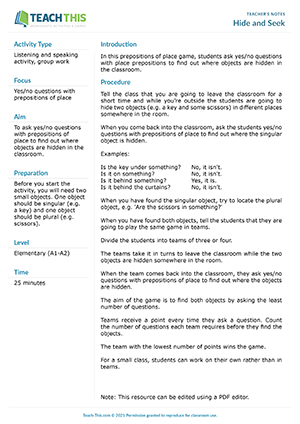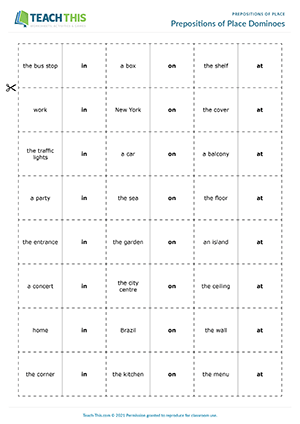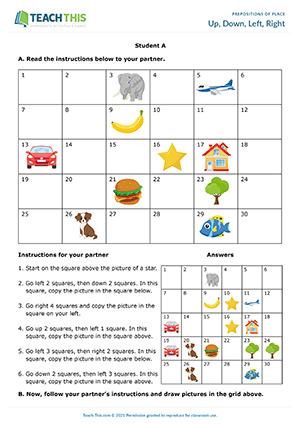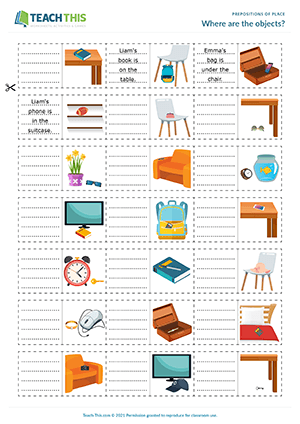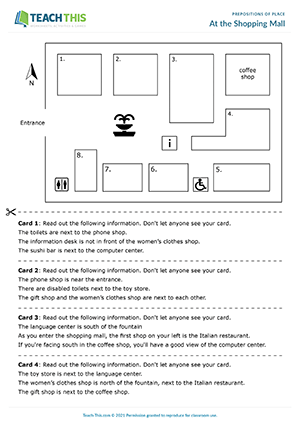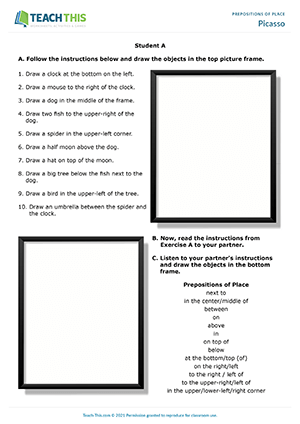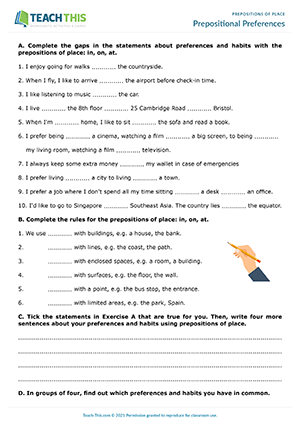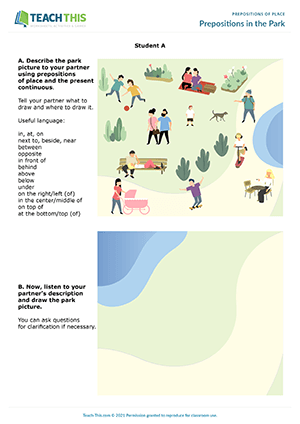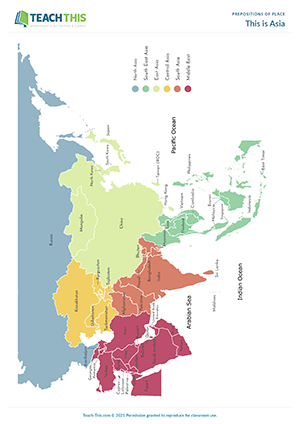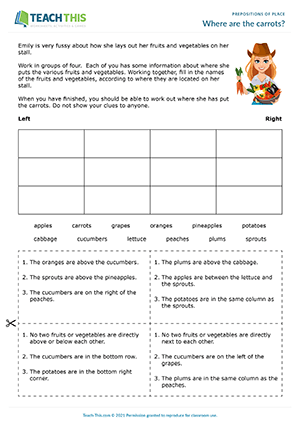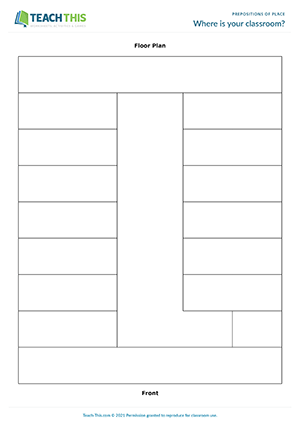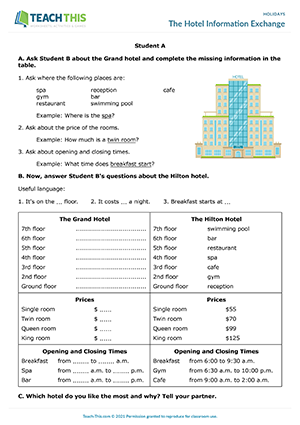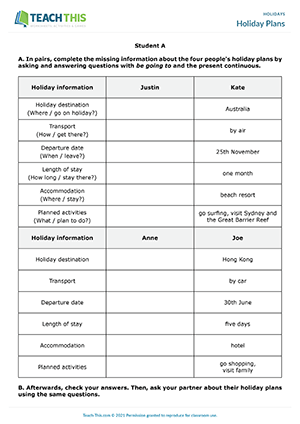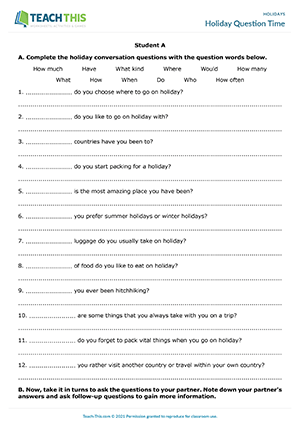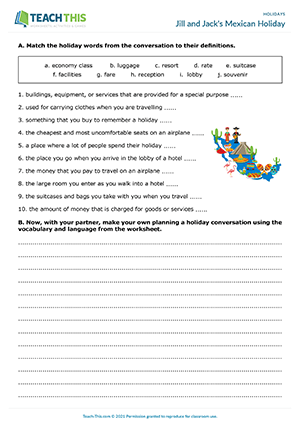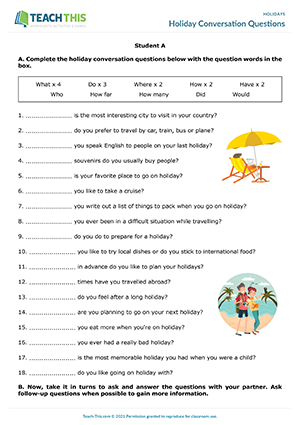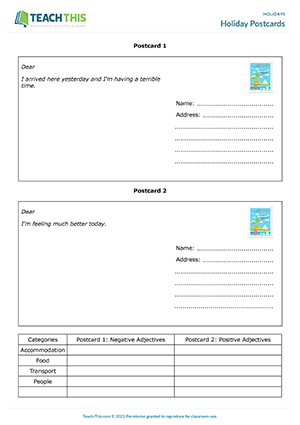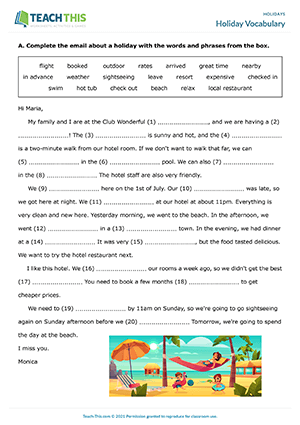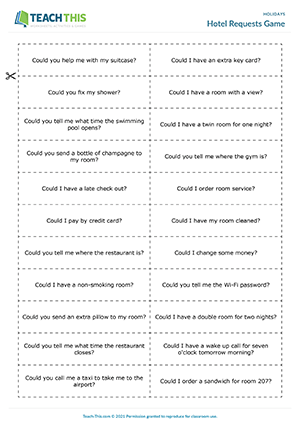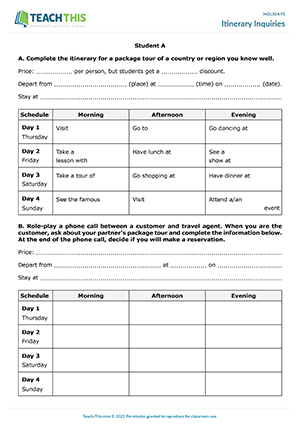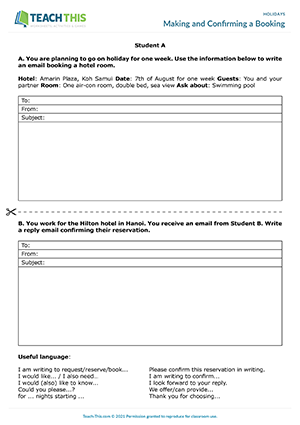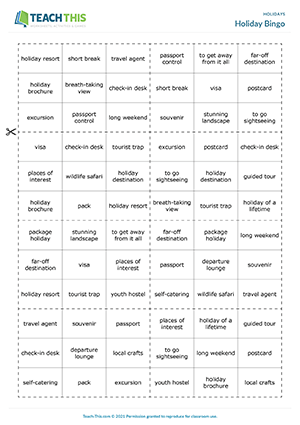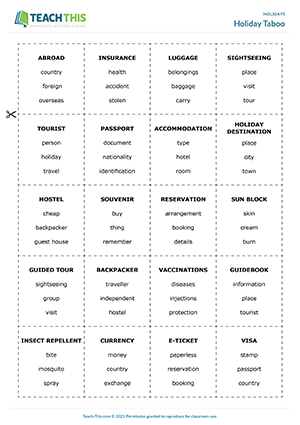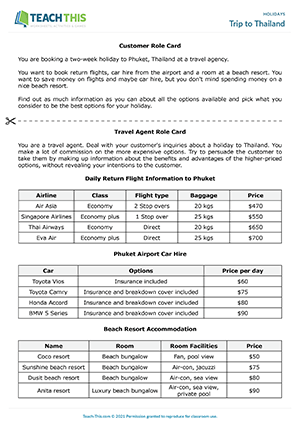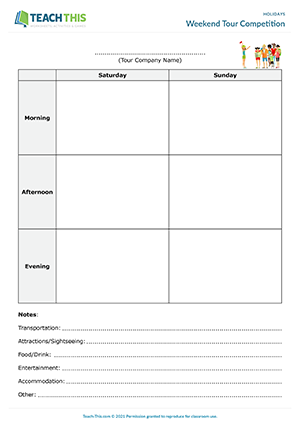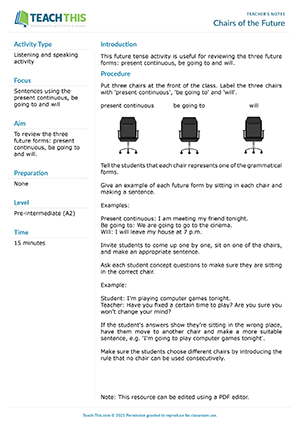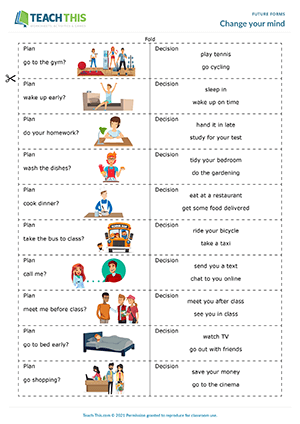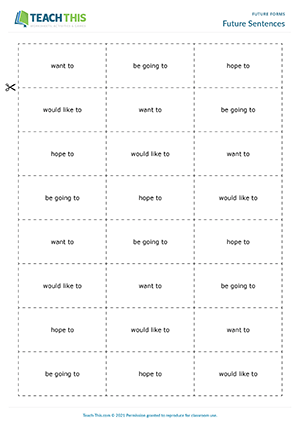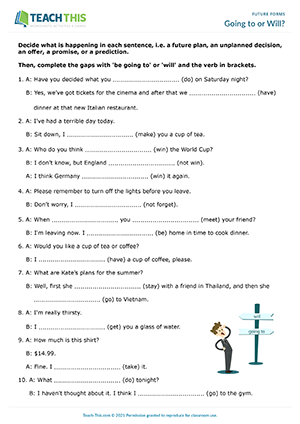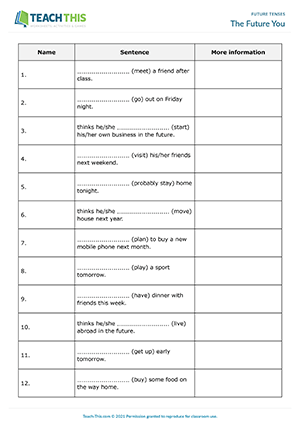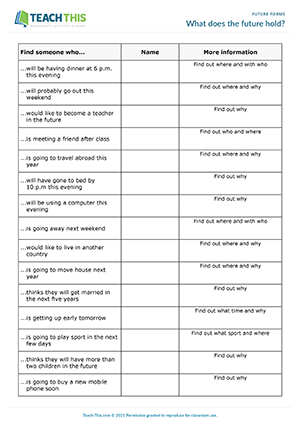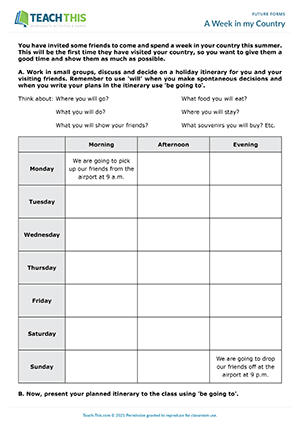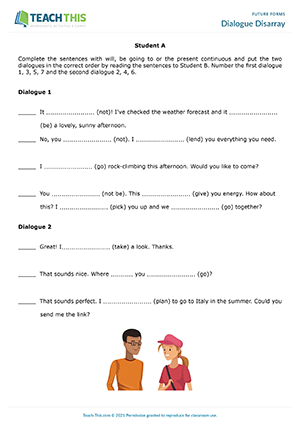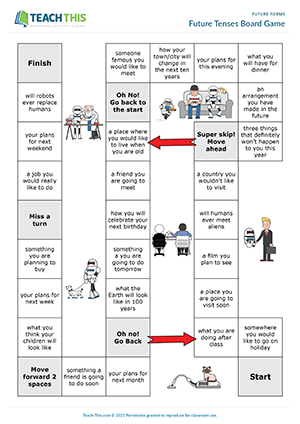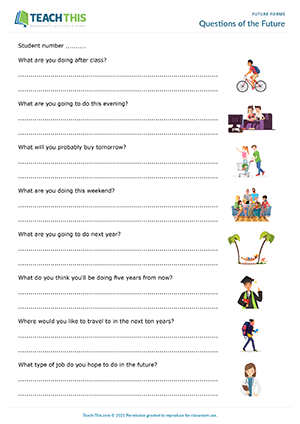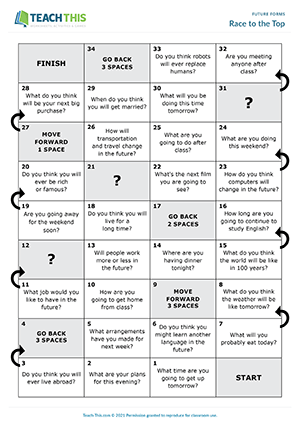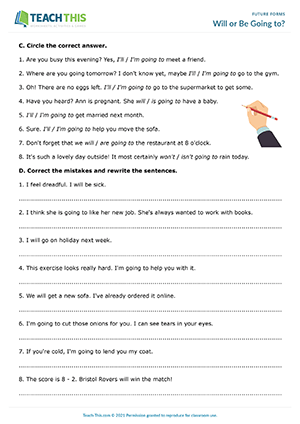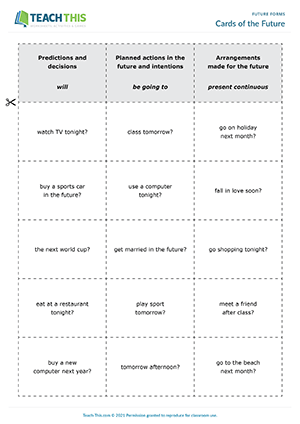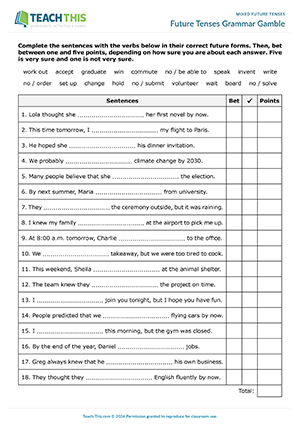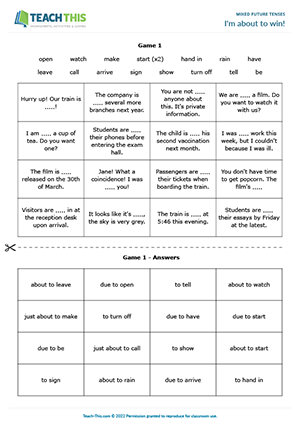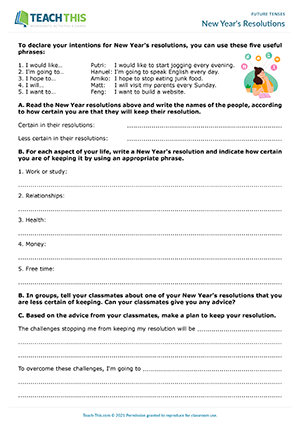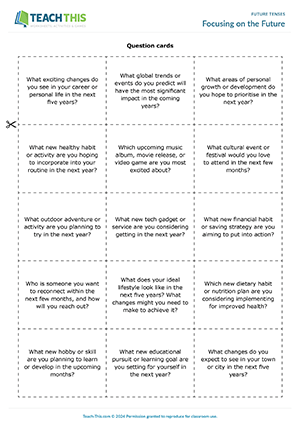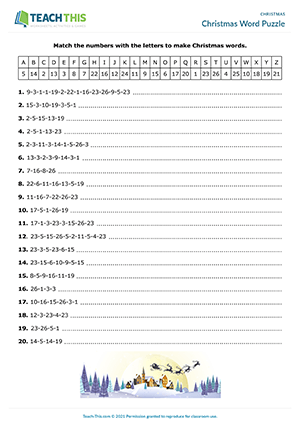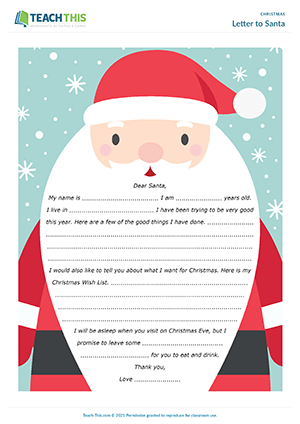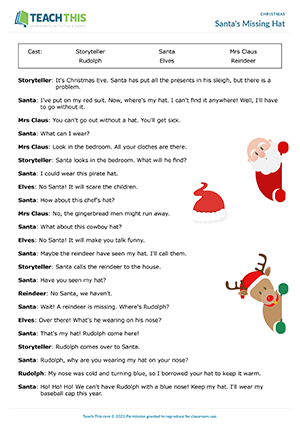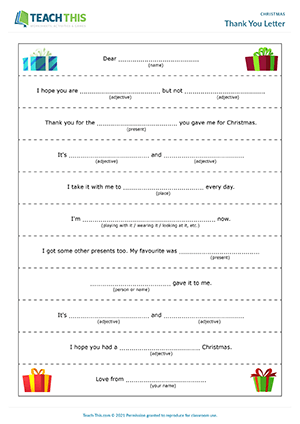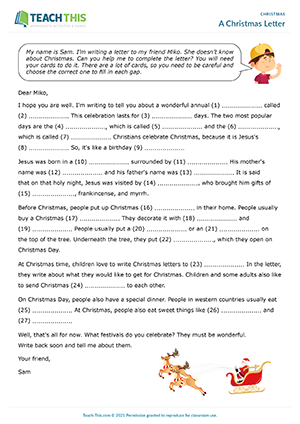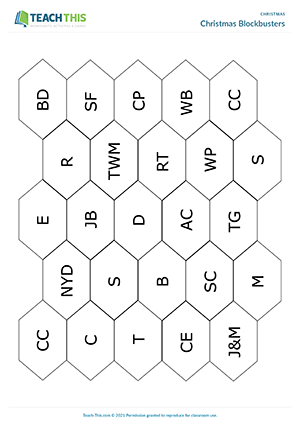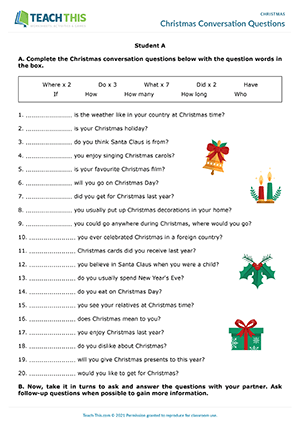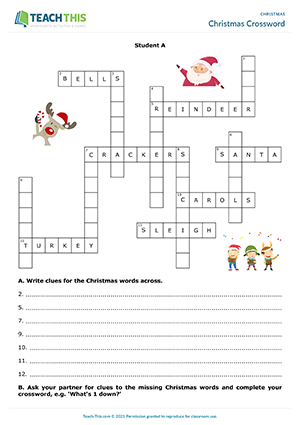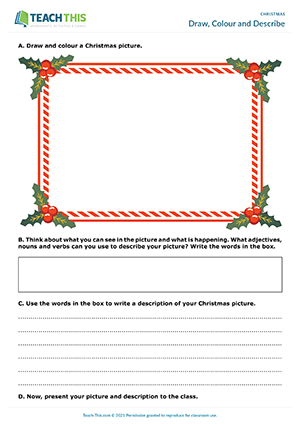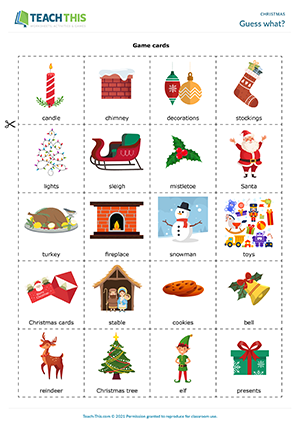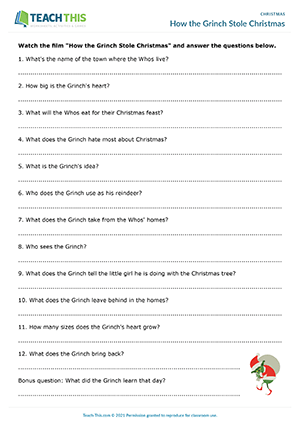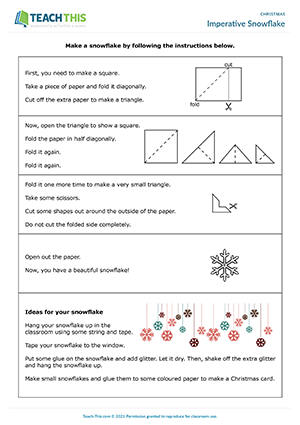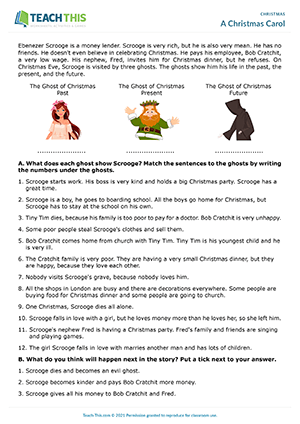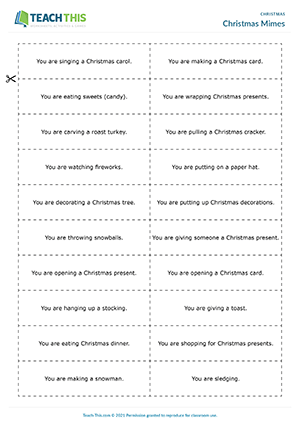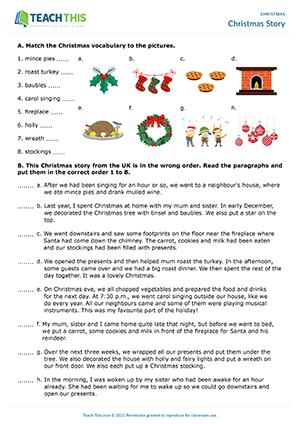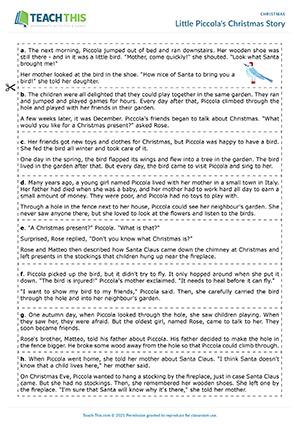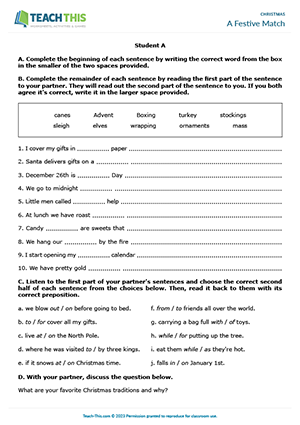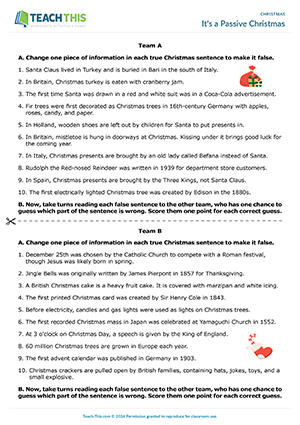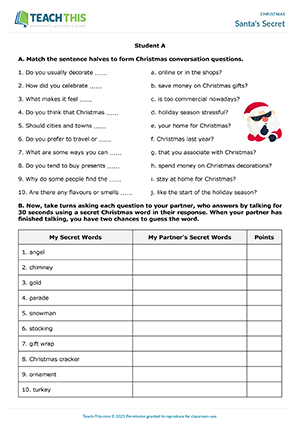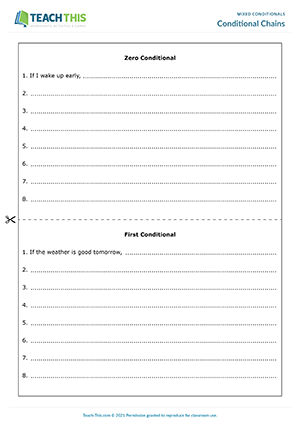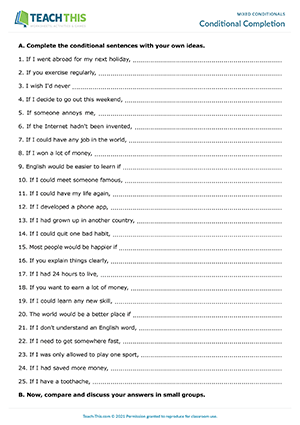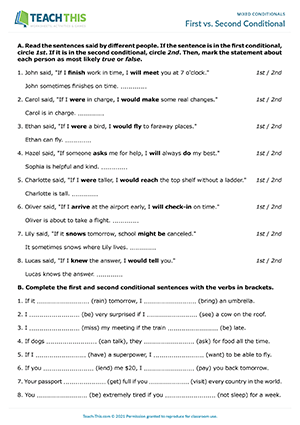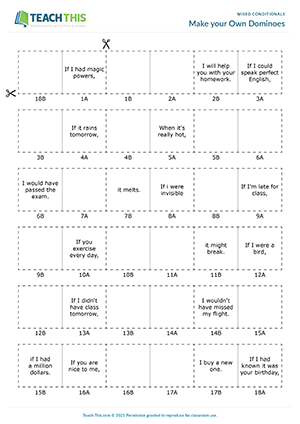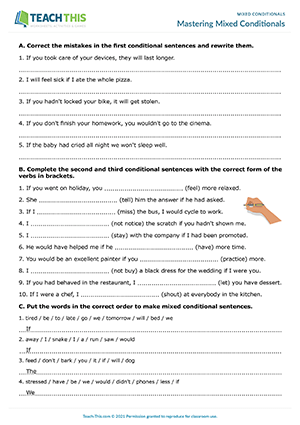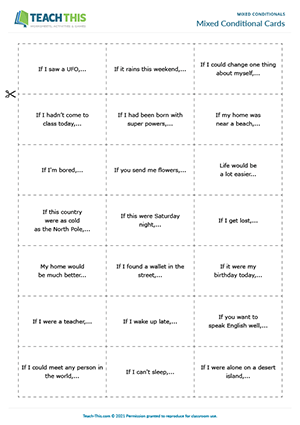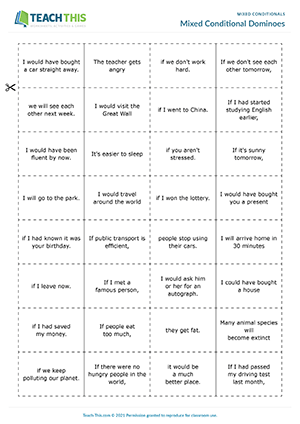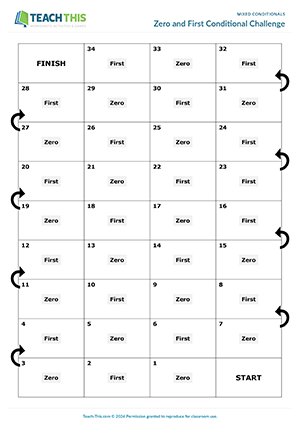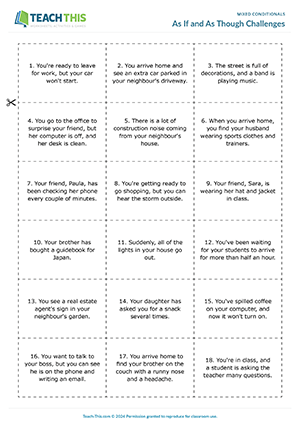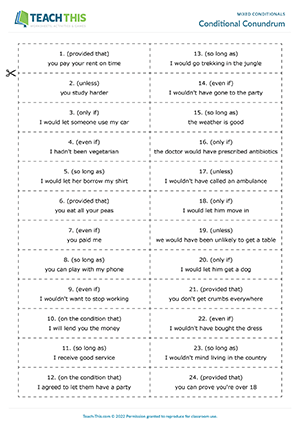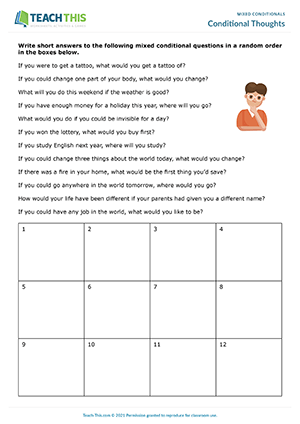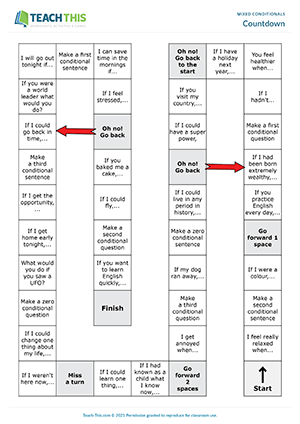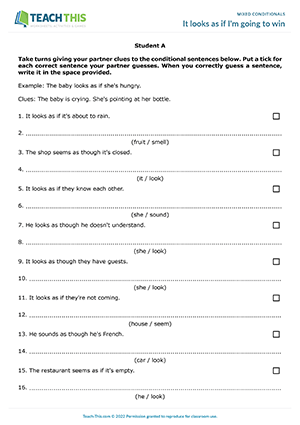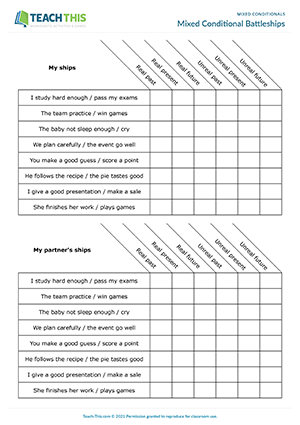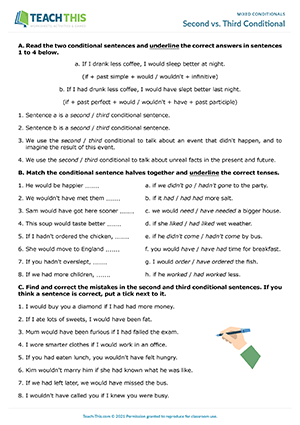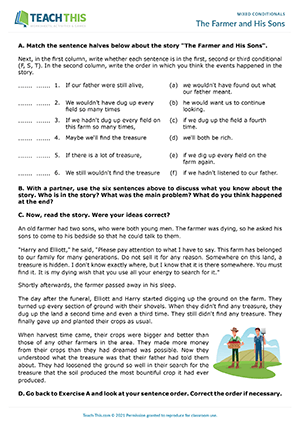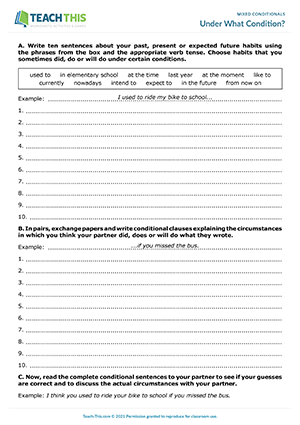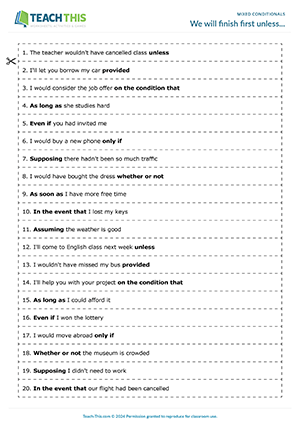
Have you ever opened a textbook, only to find a lesson that is uninteresting and unrelatable to your group of students? While it may not always be possible or practical for teachers to personalize lessons to a group of 20+ learners, there is always the option of adjusting or adapting materials to make them relevant to your students’ learning experience. This article will outline the importance of using relevant materials and activities in the classroom and will also shed some light on how teachers can apply this knowledge to make use of the resources they have.
The problem with most textbooks
The truth is that not all textbooks are made equally when it comes to the quality of content. While textbooks serve as a great resource for foundational concepts such as grammar rules, there are instances where the scenarios in readings or examples are unrealistic and difficult to relate to. As teachers, we have the responsibility to be selective when it comes to choosing the resources we use. It is up to the teacher’s discretion to handpick the material that could be used to facilitate an engaging lesson or activity. As a result, this begs the following question: how can teachers adapt their materials to make them more relevant to the ESL classroom?
The importance of relevancy in the classroom
Several studies have supported the fact that relevant materials help to keep students engaged in a lesson because they give the target language real meaning. This is especially true in teaching contexts where English is not the official language. The use of relevant materials and activities has also been shown to have an effect on increased memory of vocabulary and grammar. Choosing relevant materials means choosing materials that encourage students to start talking about themselves. Since relevance is a huge part of the communicative approach, it is important that teachers take relevance into consideration. When students can relate to the target language, it makes it easier for them to express their own opinions, ideas, thoughts, and feelings.
What should be considered before choosing what is relevant and what is not?
The first step would be to conduct a needs analysis of the students in your class. Observe your students. What motivates them? How do your students learn best? What are their interests? What do they do outside of the classroom? For more specific details, you can ask them to conduct a survey individually or amongst their peers, or even have them write a journal reflection. You can use the following journal prompts or questions:
• What are your goals for learning English?
• Why do you need to learn English?
• What do you want to learn about?
• What are your interests outside of the class?
• What are some things that don’t interest you?
This works especially well for higher levels or mature learners. For lower levels or younger learners, you can have them share their likes and dislikes with their peers or have them draw pictures to get an idea of how to make your future lessons more relatable and to create a more dynamic learning experience.
Doing a simple needs analysis can help you choose appropriate materials or activities that suit your classes best. Of course, the authenticity of the materials you choose will vary based on the context such as where you are teaching or even who you are teaching. It is up to you to decide which materials to use whether it be from the textbook or authentic sources such as newspapers or even video clips.
How to adapt materials to make them relevant
Let’s now move on to discuss the application of relevant materials in the ESL classroom. After conducting a needs analysis, you may notice some patterns in your students' answers. Using this information, try to adapt materials or activities that will help the majority or the class as a whole. For example, if you know that a majority of the students have an active lifestyle or enjoy doing extracurricular activities, you can use this information to create meaningful examples to explain a variety of grammar concepts such as the present simple or present continuous. Students are more likely to pay attention when they can make a more personal connection to the content.
Many teachers also like to include cultural references to make their lessons more relatable for their students. Depending on where you are and your students’ backgrounds, you can allude to different cultural references such as holidays, traditions and customs, national symbols, traditional food, and so on. For instance, you could adapt the students’ knowledge and love for traditional food to teach verbs like ‘to have’ or even in practicing descriptive writing or in developing presentation skills. Some questions you could ask are: What kind of food does your country have? Does your country have spicy food? What do people usually have for breakfast? What kind of food do you have in your fridge? As you can see, basically any activity can be adapted using cultural references to provide your students with more opportunities to use English. It has been proven time and again that familiar topics help students to better identify with the language and help to promote interaction with the use of the target language, so try to implement it when teaching all the skills.
However, there is one small caveat when it comes to cultural references. Steer clear of any topics that may be taboo or sensitive in the local culture. These usually relate to politics, religion, or social mores. Apart from the fact that you may risk causing offence, the consequences can, in some cases, be very severe indeed and lead to either deportation, arrest, or both. Therefore, it pays to understand as much as possible about the local culture in which you are teaching.
The adaptation of materials does not end with cultural references. You can also make materials relevant by helping your students to make personal connections with what they read, hear, write, or discuss. Say for instance you are teaching students studying English in Thailand, and the text that your students have to read talks about what John did in New York last week. If we want to make this scenario more relevant, we can approach it in two ways. First, you could substitute John for the subject ‘you’ or ‘I’ and then change the information to be relevant to where the students live. By doing this you would get something like ‘What I did in Bangkok last week.’ Depending on what is included in the text, you can also work together as a class to create an entirely new story by adapting the reading into a gap-fill activity.
The example above is one way to personalize the material; however, you could use the original reading about John’s week in New York to get your students to use their critical thinking skills to make connections to the text. Although the context of the story might seem to be far removed from what the students might know, a closer look at the similarities would suggest otherwise. If students compare Bangkok and New York, both are big cities, and this could also be an opportune moment to talk about globalization. Potentially, Thai students could also relate to John in New York if his day includes riding the subway, going to school, and then meeting a friend at a café. If there are any differences in routine, it is also a great topic for discussion.
Similarly, if you are teaching learners who are immigrants to Canada, you might want to include activities that focus on the Canadian way of life or the local culture. You could also create lessons that focus on helpful language that allows them to perform essential daily tasks which include but is not limited to going to the bank, grocery shopping, and ordering at a restaurant. Likewise, if you are teaching senior high school students in China, relevance could be on more academic English as many of them would be studying abroad or entering an international program at home.
By adapting our materials to make them more relevant, our students can start to make connections with what they learn, and this is the key to helping them acquire and understand what is taught in class. So, from now on, whenever you open a textbook, ask yourself the following question, “Can my students identify with this material in any way?”
Relevance is an important aspect of teaching English or any language for that matter. Teachers ensure that their activities and materials are relevant when their lessons provide opportunities for their students to communicate real information about themselves which they can potentially use in their day-to-day lives. Use what students know to teach the target language and change or adapt your resources to fit your students’ needs. Changing up your lesson plans in this way can help to break the monotonous learning routine and will help to make English something that your students look forward to learning each day.
Sourcing resources that can be easily adapted for students goes some way in aiding teachers make their materials more relevant that is why all TeachThis resources can be easily edited directly in the PDF or converted into Word using a PDF editor.



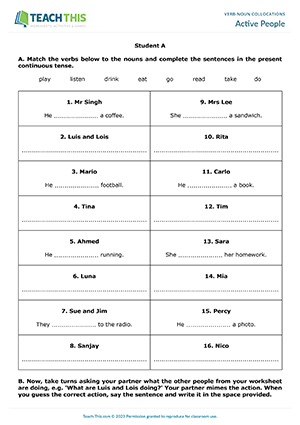

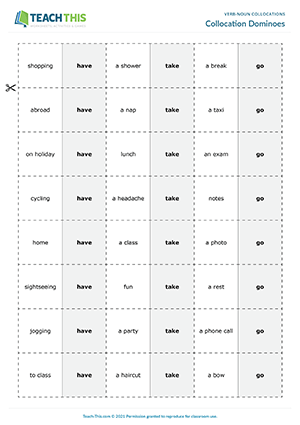
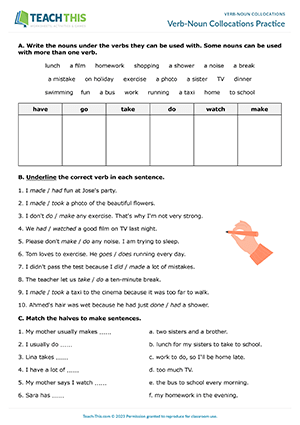
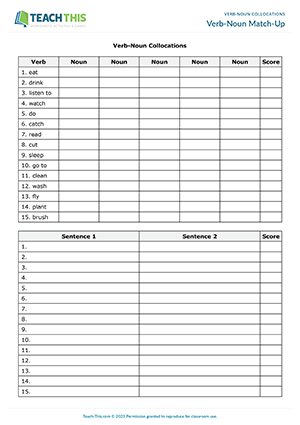
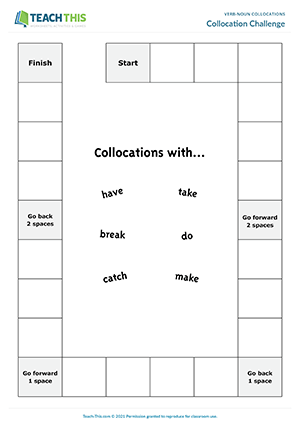
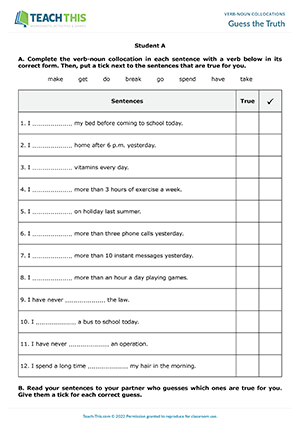
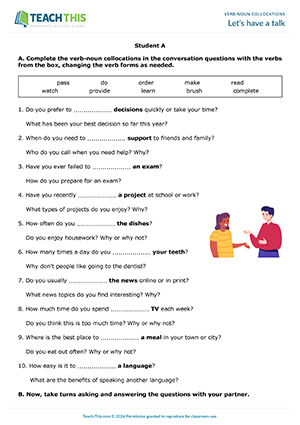
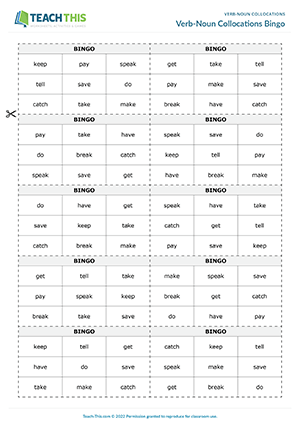
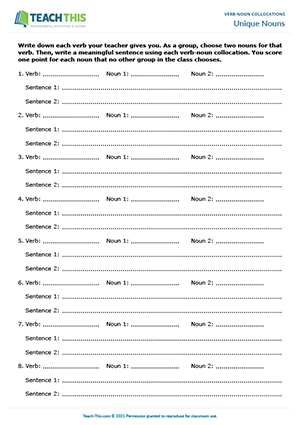
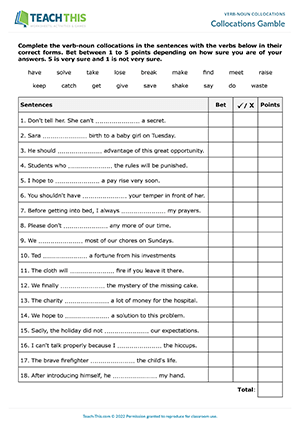
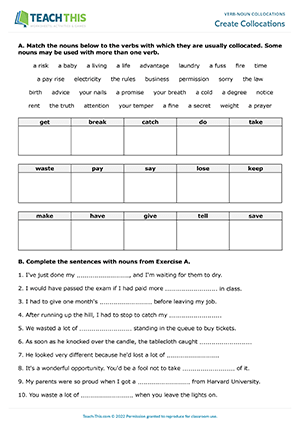
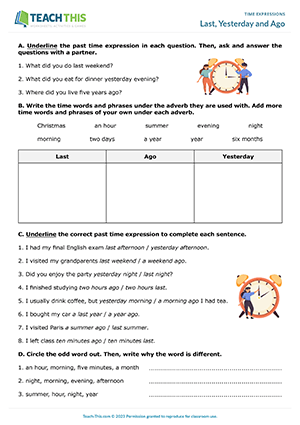
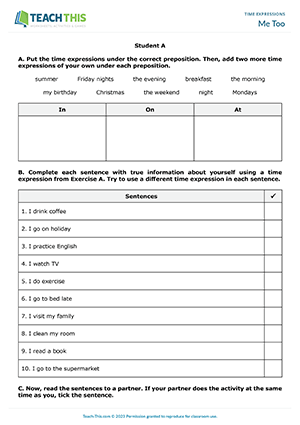
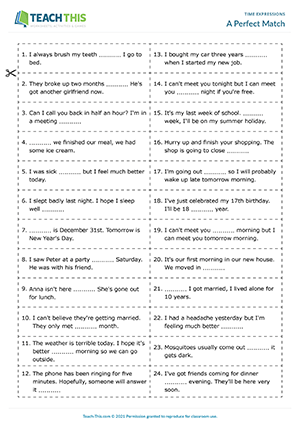
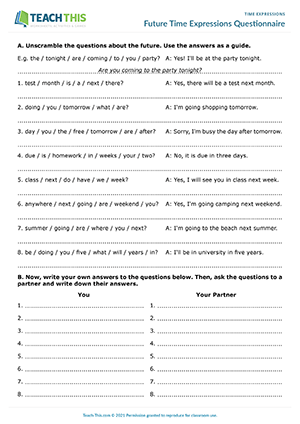
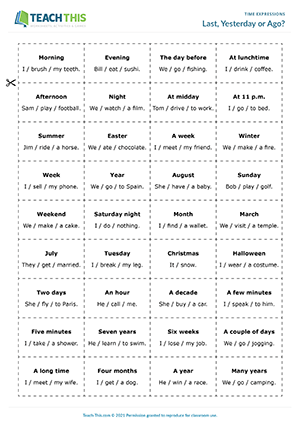
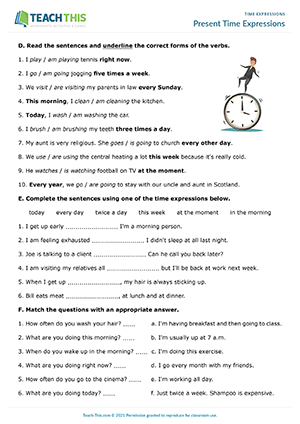
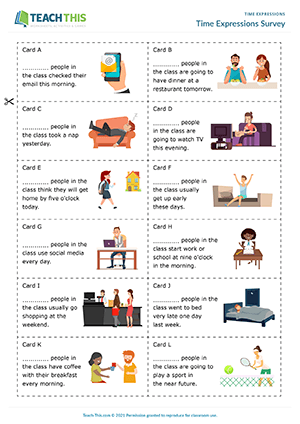
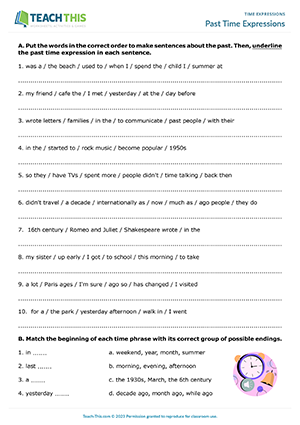
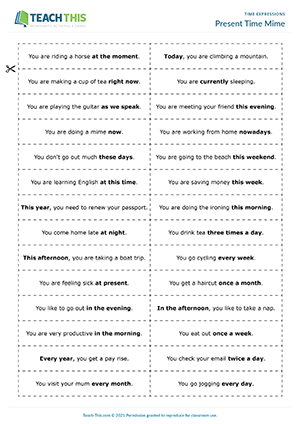
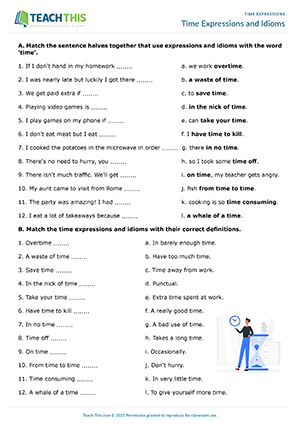
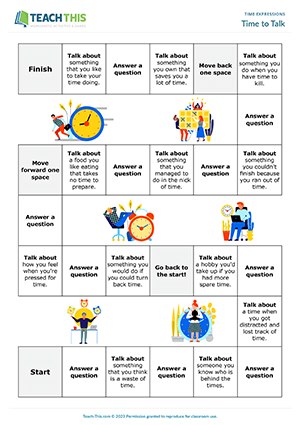
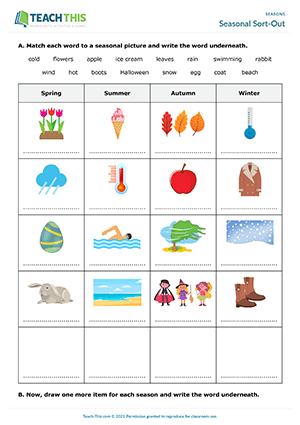
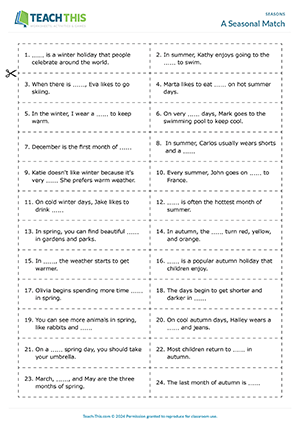
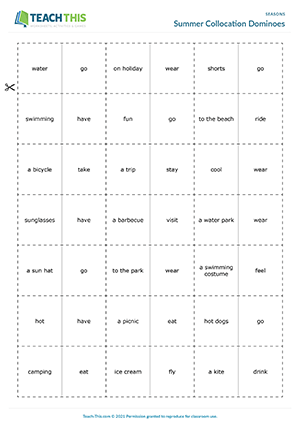
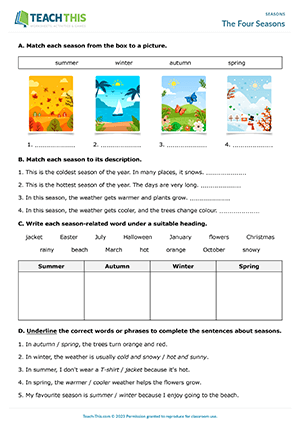
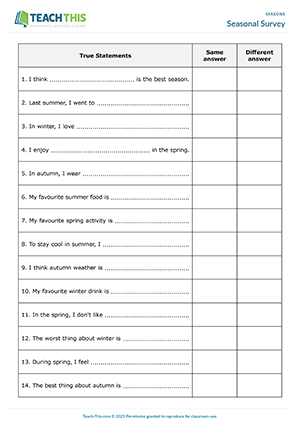
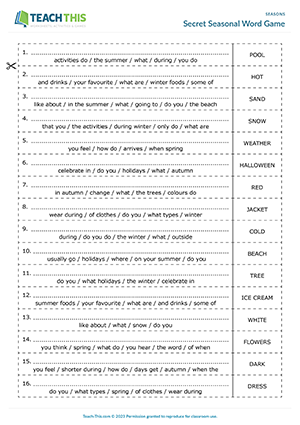
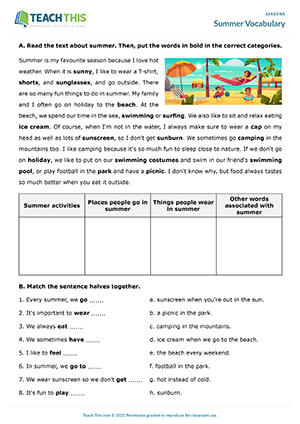
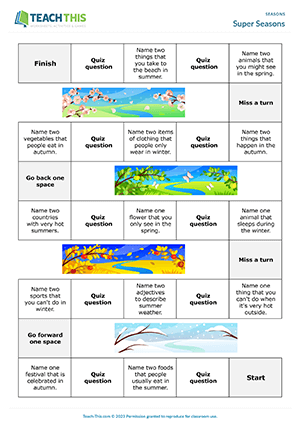
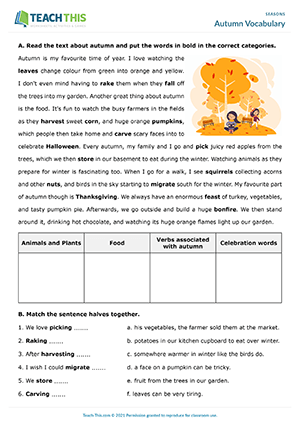
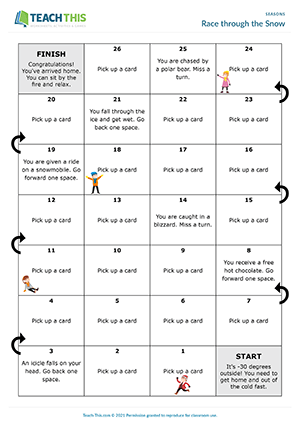
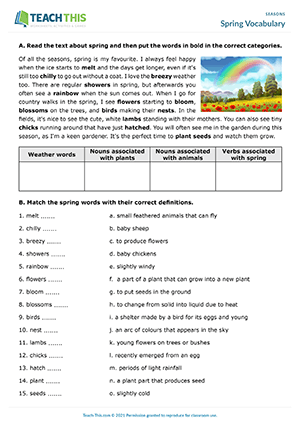
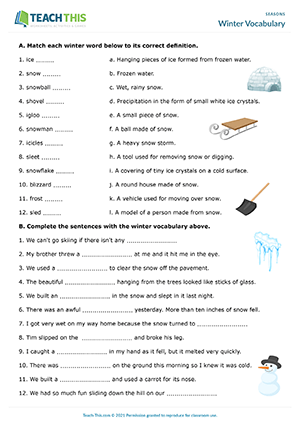
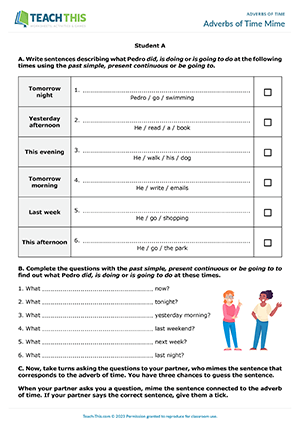
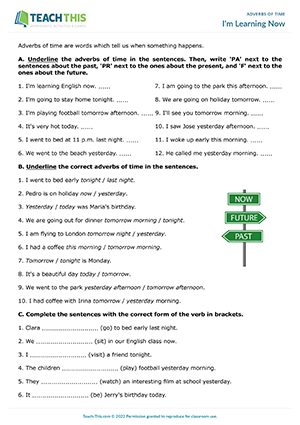
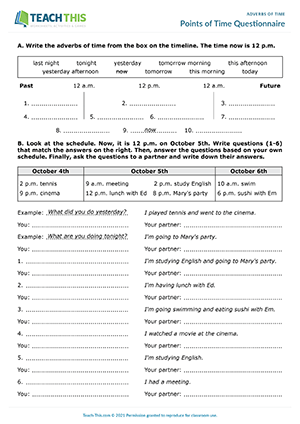
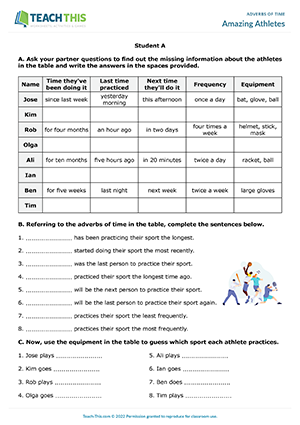
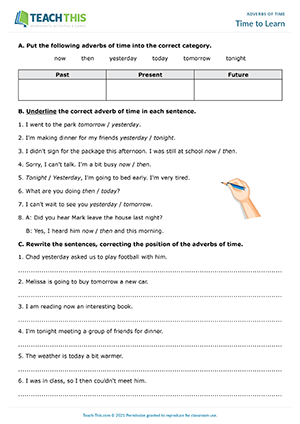
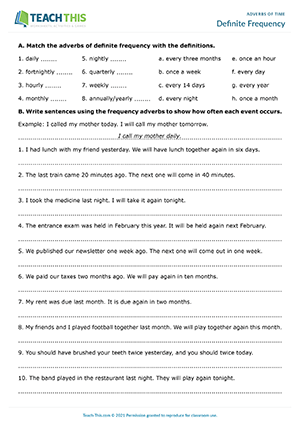
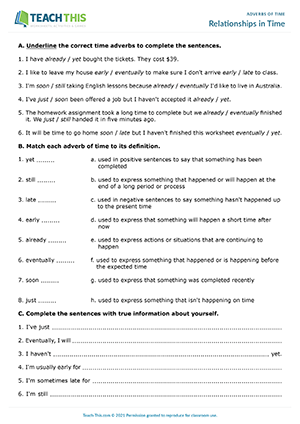
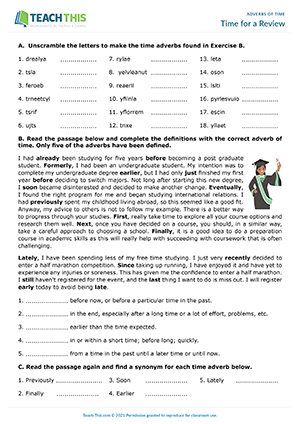
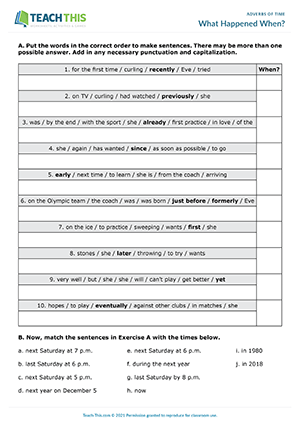
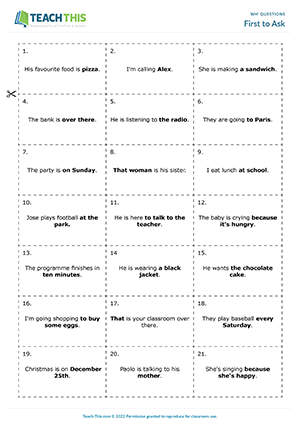
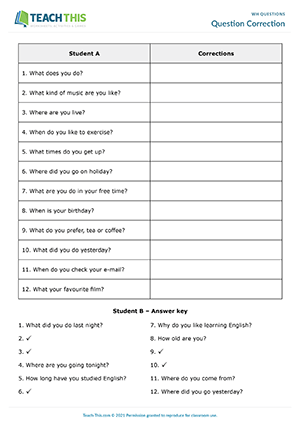
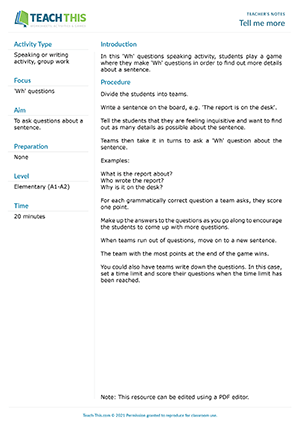

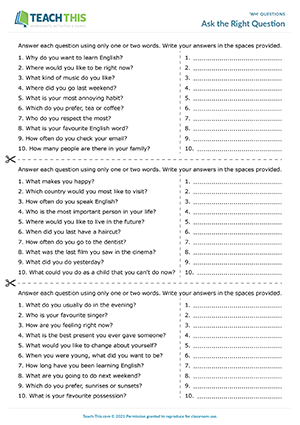
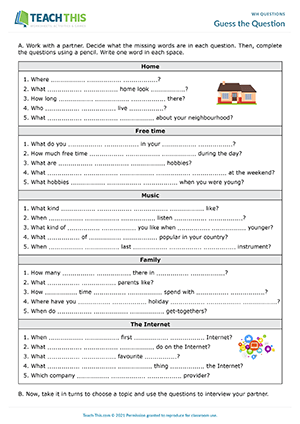
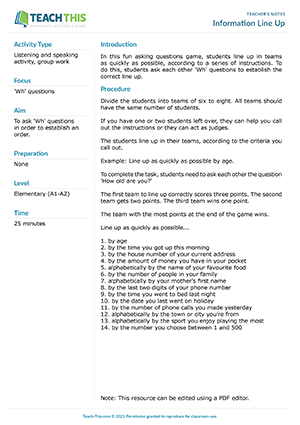
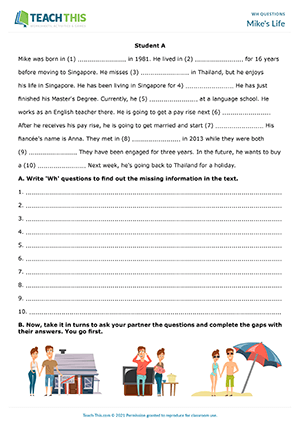
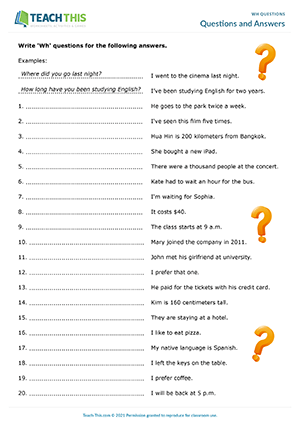
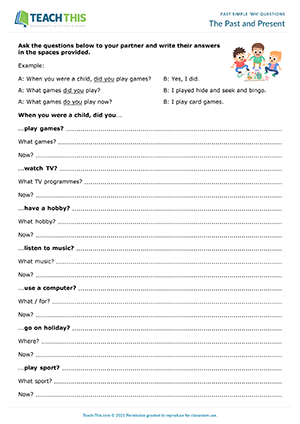
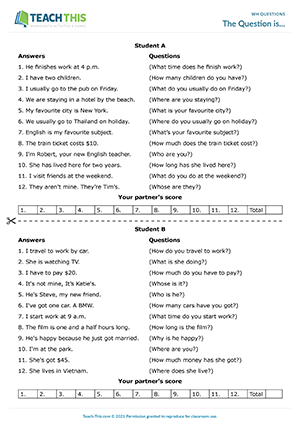
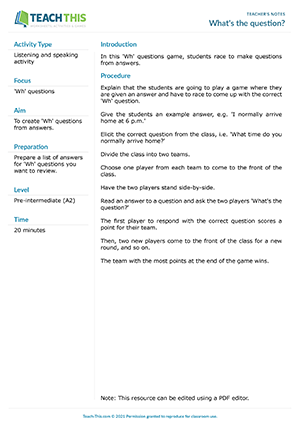
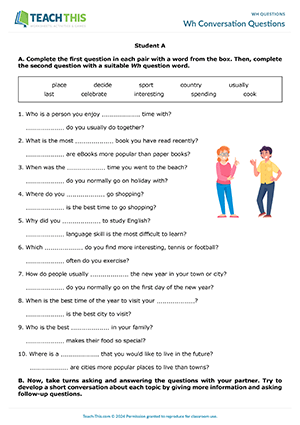
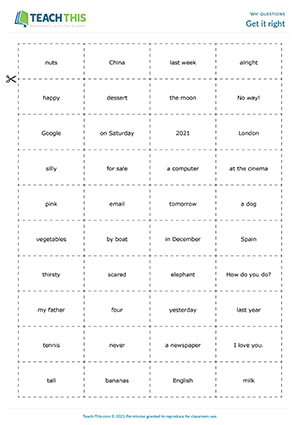
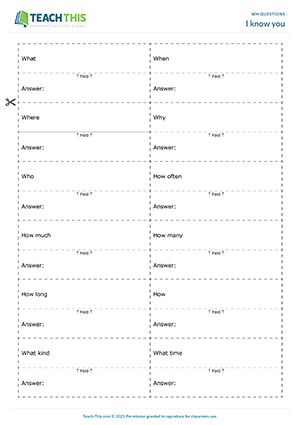
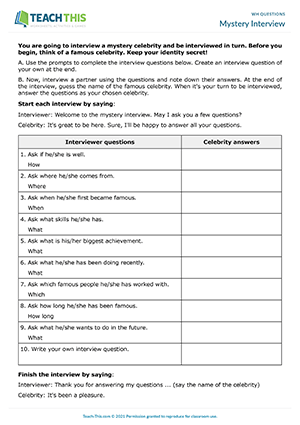
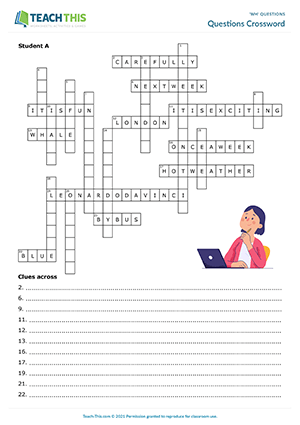
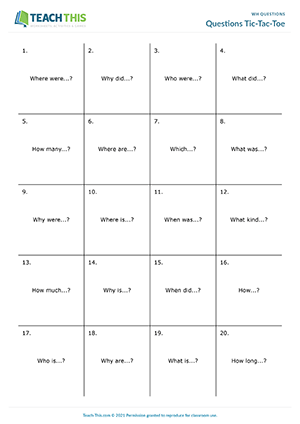
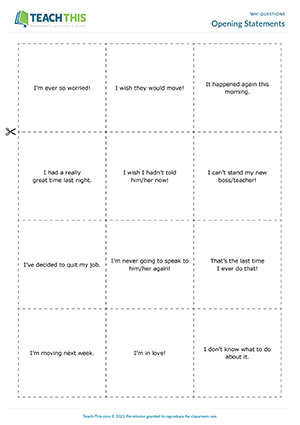
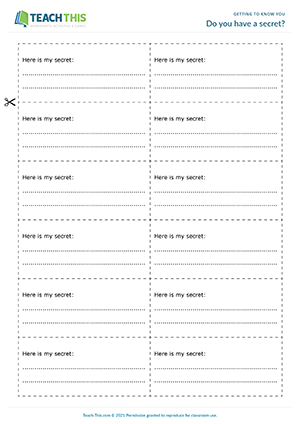
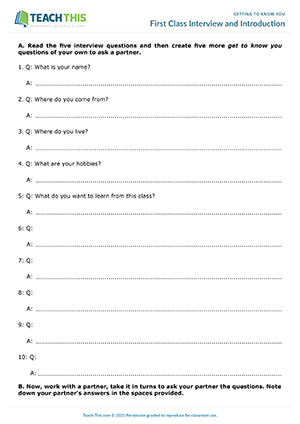
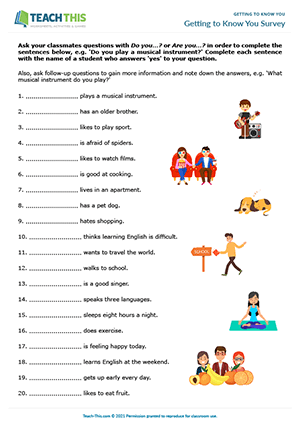
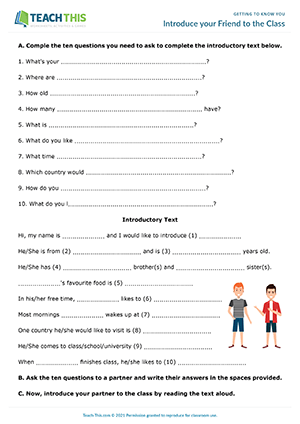
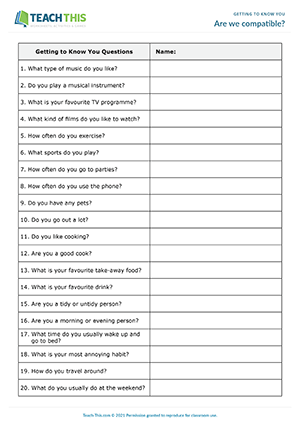
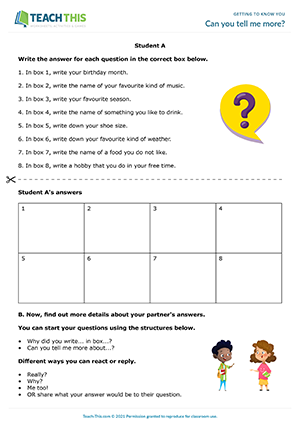

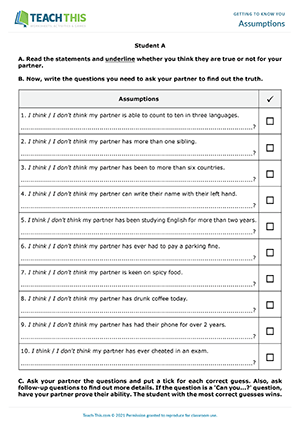
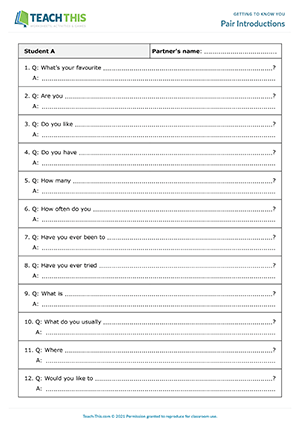
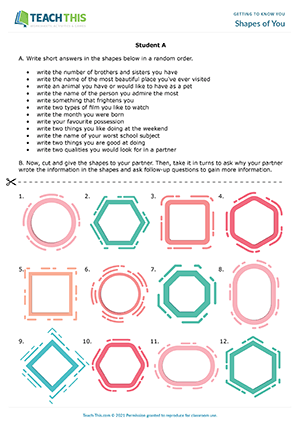
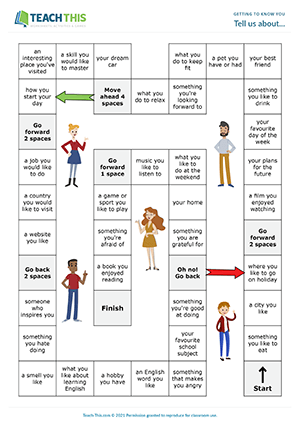
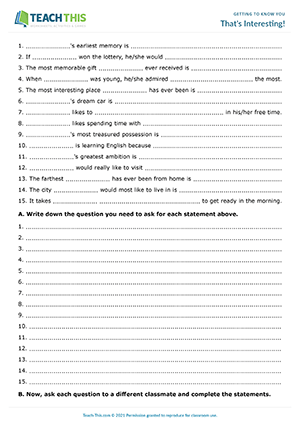
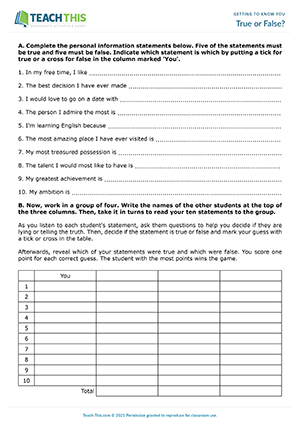
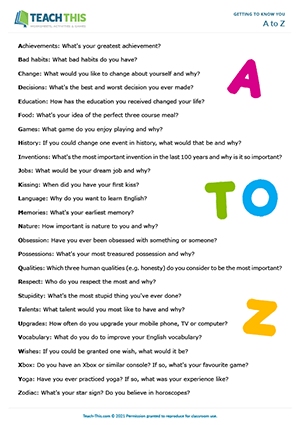
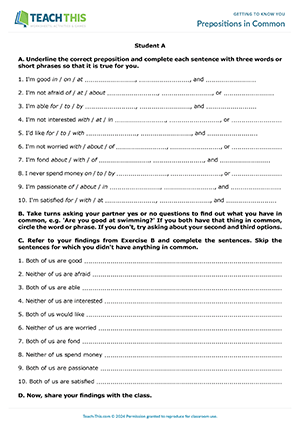
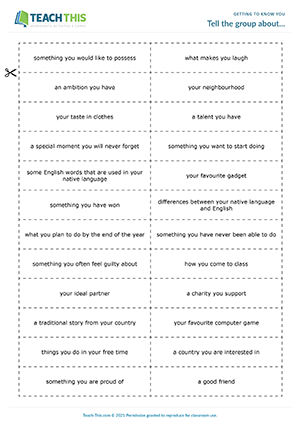
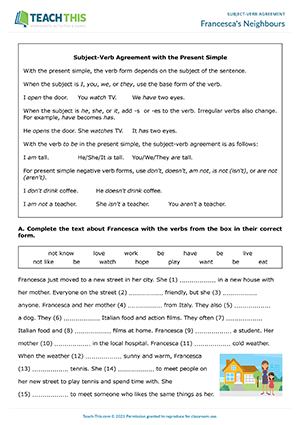
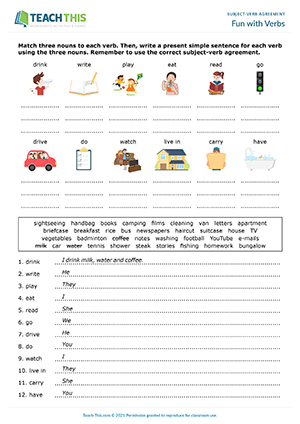
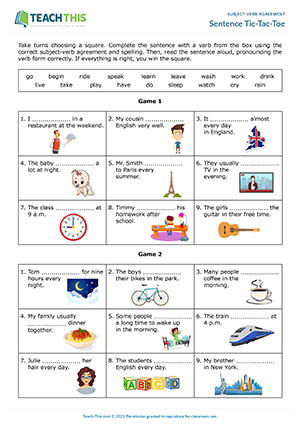
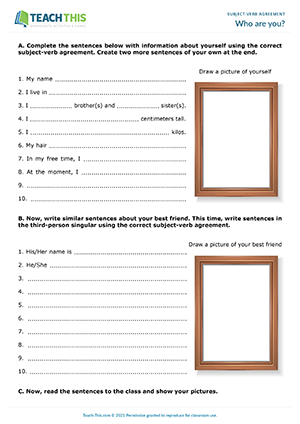
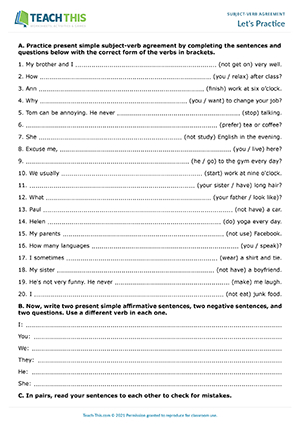
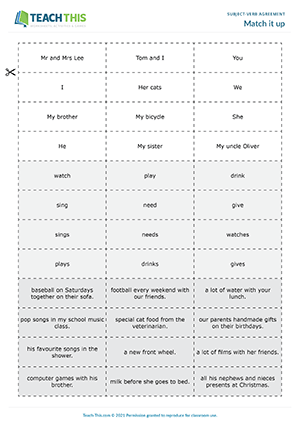

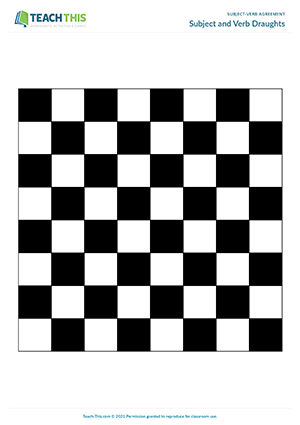
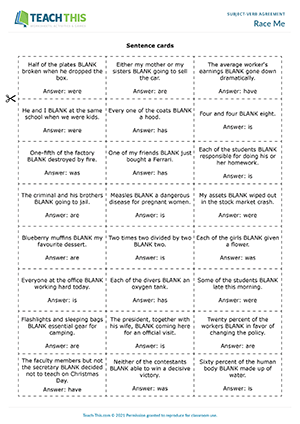

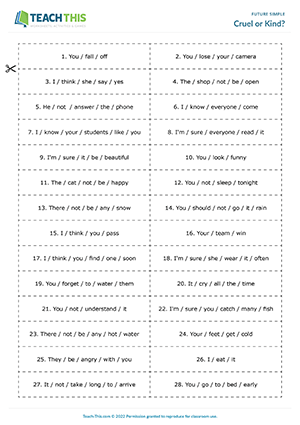
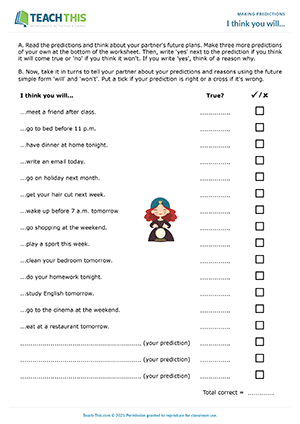
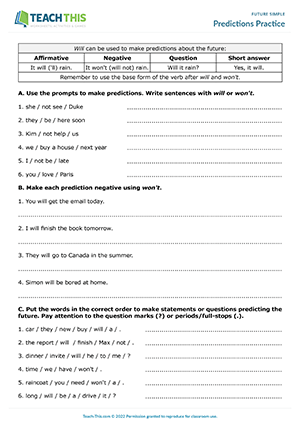
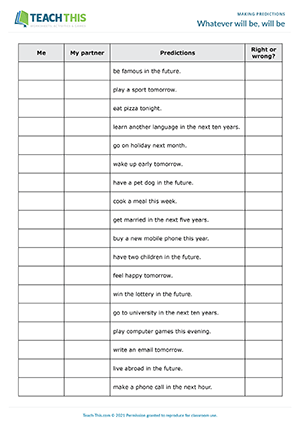
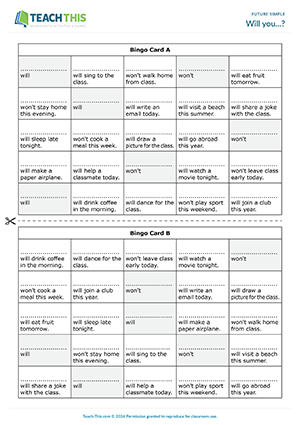
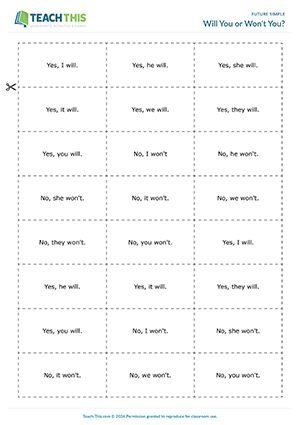
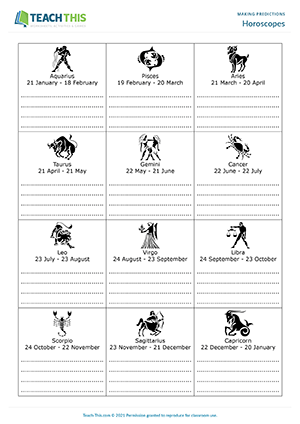
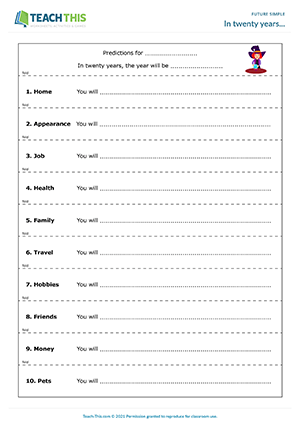
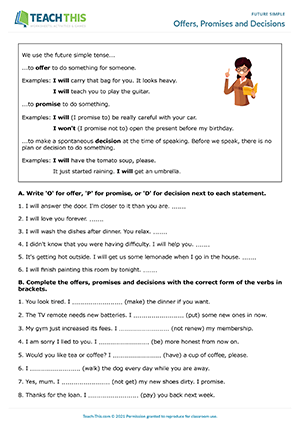
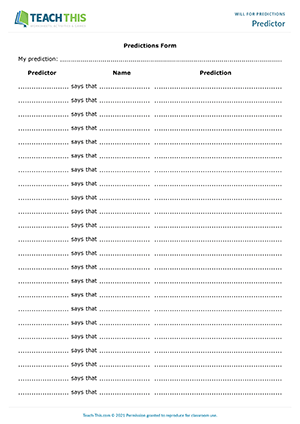
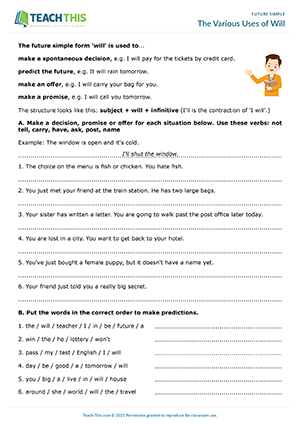
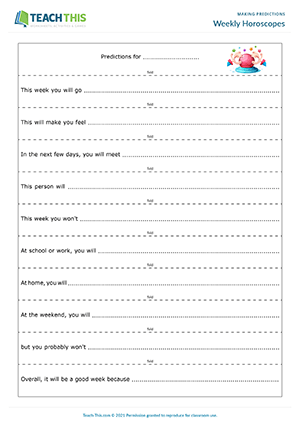
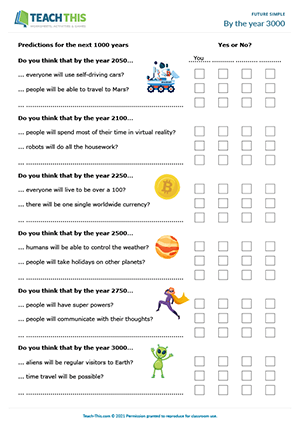
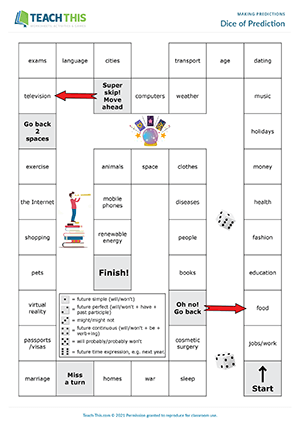
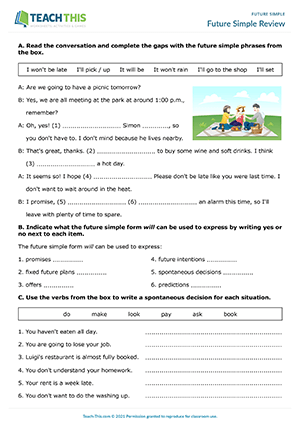
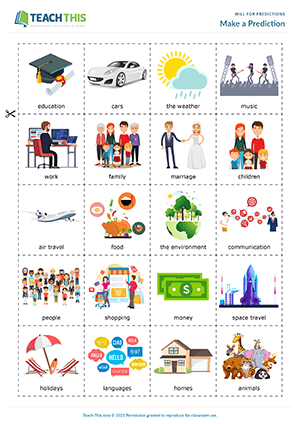
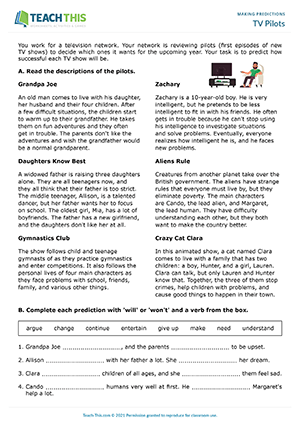


 To enhance student interaction, consider some of the following suggestions:
To enhance student interaction, consider some of the following suggestions: